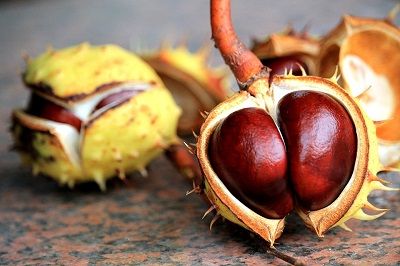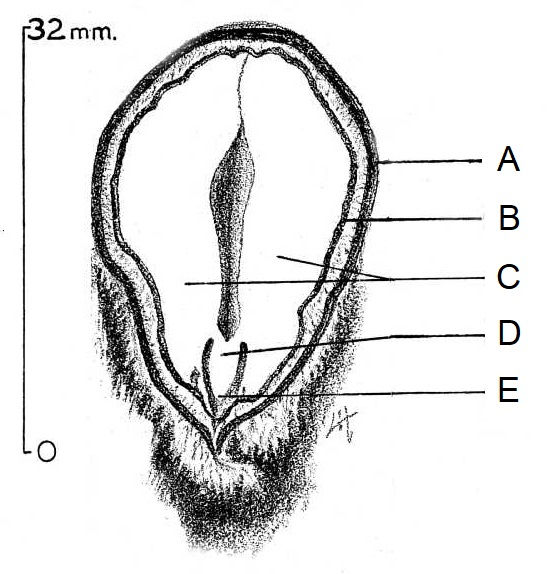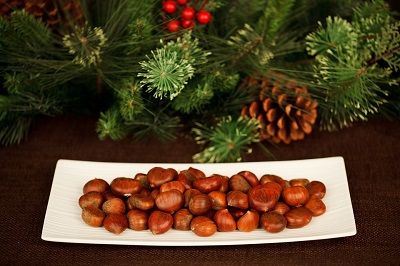Activity 1: Narrate the Lesson
- After reading or listening to the lesson, narrate the lesson aloud using your own words.
Activity 2: Study the Lesson Pictures
- Study the lesson pictures and describe how they relate to the lesson.
Activity 3: Try Roasted Chestnuts (Optional)
- Chestnuts are typically available in supermarkets from before Thanksgiving through Christmas.
- Preheat the oven to 425 degrees Fahrenheit.
- Parents cut an 'X' into each chestnut with a breadknife to prevent the chestnuts from exploding in the oven.
- Soak the scored chestnuts in hot water for a minute.
- Pat the chestnuts dry.
- Season the chestnuts with melted butter, salt, pepper, and/or other spices as desired (rosemary, pumpkin spice, or nutmeg, etc.).
- Place the nuts on a foil-lined baking sheet and bake until the peel begins to curl - around 25-35 minutes.
- Remove the chestnuts from the oven, cover them with a cloth, and allow them to cool.
- Eat them when they are fresh (they will be soft like a potato), they do not keep well.
Activity 4: Take a Nature Walk
- Bring a small sketchbook and a specimen collection bag and embark on a nature walk.
- Seek out a chestnut tree or if unavailable, a different tree of your choice.
- Study and sketch the appearance and habitat of the tree.
- Collect one or more leaves and burrs from the tree as specimens.
- Use the gathered specimens and sketches to create the field book entry.
Activity 5: Complete a Field Book Entry

After your nature walk, complete pages 27-28 in 'Science Field Book for Fourth Grade.'
 Plant Nature Study II
Plant Nature Study II
Plant Nature Study II
Plant Nature Study II

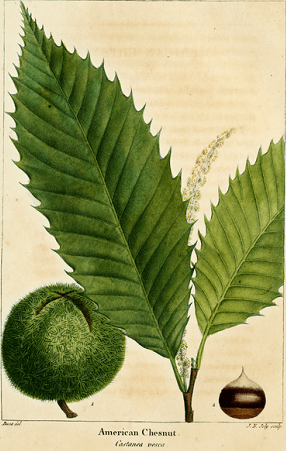
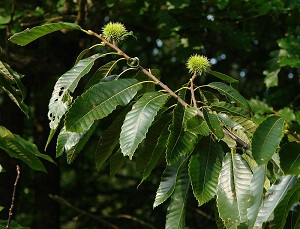

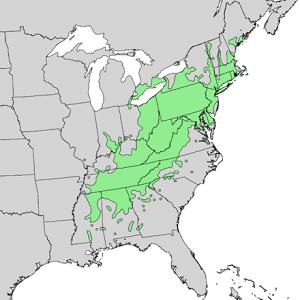
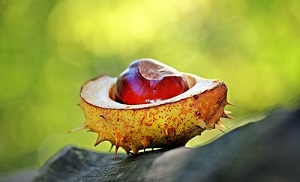
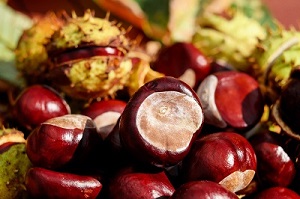
 Plant Nature Study II
Plant Nature Study II
Plant Nature Study II
Plant Nature Study II


